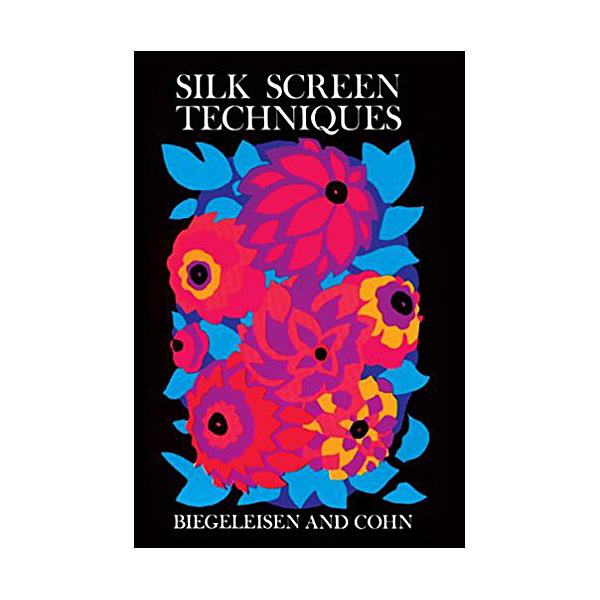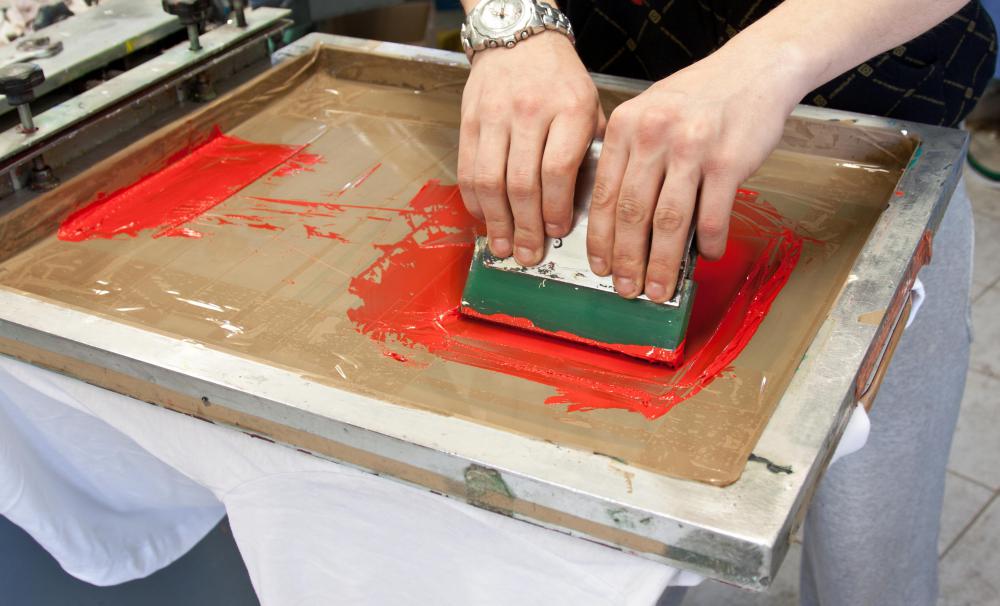

The differences can be of the type of ink used, its rendered effect and the printed surface. Screen printing can be done by hand or using a machine but the basic process is always the same. It is a very popular technique because of many reasons, but the most compelling reason is the vast choice of colours that can be used. The most common surface used in screen printing is paper and fabric, but metal, wood, and plastic can also be used.

The basic process of screen printing involves creating a stencil on a mesh screen and then pushing the ink to create and imprint the design on the below surface.

Screen printing, also known as silk screening or silkscreen printing, is the process of transferring a stencilled design onto a surface using a mesh screen, ink, and a squeegee (a rubber blade). In this article, we will discuss the screen printing process, its uses, types, and benefits. One of the biggest advantages of screen printing is that it can print on almost any kind of surface, be it fabric, paper, glass, wood, card, plastic or leather.
#Silkscreen technique manual
While screen printing can be manual - especially used when there are only small print runs required - it is very often automated, using advanced inks and materials in combination with computer technology to mass print.


 0 kommentar(er)
0 kommentar(er)
